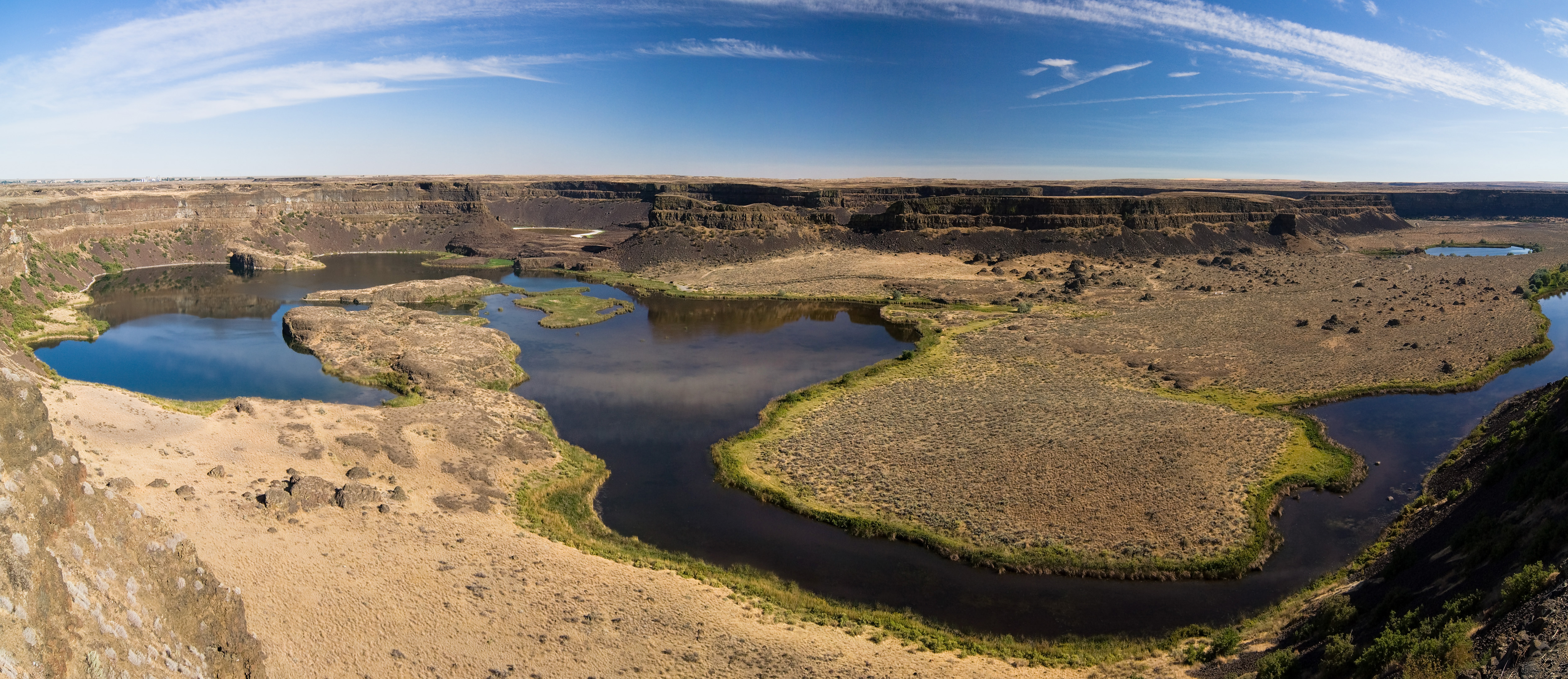Maintenance of Earth-pages has stopped. If you wish to continue following reports on significant research developments in Earth science you can register as a follower of my new blog at the Earth-logs site
Subjects
- Anthropology and Geoarchaeology (182)
- Books (3)
- Climate change and palaeoclimatology (133)
- Conference reports (2)
- Economic and applied geology (59)
- End of year summaries, general musings (41)
- Environmental geology and geohazards (93)
- Ethics, and the philosophy and practice of science (16)
- Geobiology, palaeontology, and evolution (170)
- Geochemistry, mineralogy, petrology and volcanology (95)
- Geomorphology (32)
- Geophysics (32)
- GIS and Remote Sensing (38)
- Hydrology and oceanography (4)
- Journal publishing (3)
- Planetary, extraterrestrial geology, and meteoritics (141)
- Sedimentology and stratigraphy (51)
- Tectonics (125)
- Web Resources (36)
News Archives
Search Earth-Pages News
LIVE Twitter Feed from @earth_wise
Tweets by earth_wise
Blogroll
- Adventures in Geology
- Adventures in the World of Geology
- AGU Blogosphere
- All-geo
- Earth-logs
- Eat Your Brains Out
- Erik Klemetti's Eruptions blog
- Geology Times
- Heather Kelly's Botanical Blog
- Highly Allochthonous
- History of Geology
- Holey Schist!
- Matt Rigby's atmospheric science blog
- Ron Blakey's Paleogeographic Maps
- Sams Lair
- Science Daily Geology News
- Stepping Stones: The Making or Our Home World
- The Geology Newsblog
- The New York Times Green blog
- Wiley-Blackwell's Life Science blog
Contributions to Modern and Ancient Tidal Sedimentology
Urban Water Security
River Science: Research and Management for the 20th Century
Structure from Motion in the Geosciences
Hydrometeorology
Avian Evolution
Engineering Hydrology for Natural Resources Engineers, 2nd ed
Climate in Context
Petrophysics
Earth’s Climate Evolution
Playing against Nature: Integrating Science and Economics to Mitigate Natural Hazards in an Uncertain World
Critical Metals Handbook
Seismic Earth: Array Analysis of Broadband Seismograms, Volume 157
Physics and Chemistry of the Deep Earth
Diversity of Hydrothermal Systems on Slow Spreading Ocean Ridges, Volume 188
Fracking: The Operations and Environmental Consequences of Hydraulic Fracturing
History of Life, 5th Edition
The Origins of Modern Humans: Biology Reconsidered
Evolution of Human Handedness
Economic Geology: Principles and Practice
Dynamics of the Earth’s Radiation Belts and Inner Magnetosphere
Mediterranean Mountain Environments
Wetland Environments: A Global Perspective
Plates vs Plumes: A Geological Controversy
Carbonate Systems During the Olicocene-Miocene Climatic Transition: (Special Publication 42 of the IAS)
Tectonics of Sedimentary Basins: Recent Advances




































































































